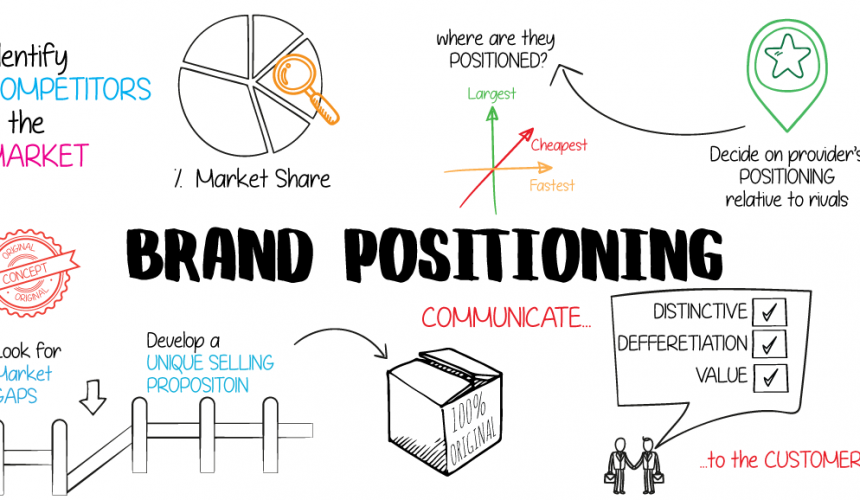
Improving your brand positioning strategy to increase brand equity
By Zion Rufus
Brand equity is the value a brand has in the market. It refers to the additional value that a consumer attaches with the brand which stands it out amongst its competitors.
The more you’re willing to pay for a certain brand, the higher the brand equity. The components of brand equity includes brand awareness, brand loyalty, brand preference, brand perception, perceived quality, brand experience, and brand association; then there’s brand positioning.
Brand Positioning and Perception designs the company’s offering and image to occupy a distinctive place in the mind of the target market. They describe how a brand is different from its competitors and where, or how, it sits in customers’ minds. When customers have a good experience while using a brand, they will consider the brand as superior and will start preferring it over others.
Brand Preference is influenced by fundamental factors like culture, social-class, income of consumers, sentiments, ethics and ethical consumerism; and few quantifiable variables such as affordability, quality, quantity, and Price which ultimately influence the buying behavior of consumers.
Most consumers come with pre-set opinions about the brands they prefer and are rarely prompted to try a new brand; based on social factors such as culture, sub-culture, and social class of the consumers, their preferences shift towards certain brands over the others.
Brand Positioning and Perception need to be perfectly balanced to help create flawless brand equity. In a marketplace where there is more than one kind of brand selling the same product, the game of positioning a product becomes more about perception than tangible variants. In an economy that is consumer driven, businesses face stiff competition while they fight to retain their customers’ loyalty and attract new customers.
In most cases, affordability and pricing are primary factors for choosing one brand over the other. Understanding how to price a product is critical for any brand. Price it too high and your buyers might not see any value proposition, price it too low and the product might be perceived as being of inferior quality. And in between all the highs and lows of price positioning, a business also needs to understand how to portray themselves, how to package their products, where to sell them, and how to advertise about themselves.
The Prestige of a brand also influences how much a consumer willing to pay to get the product. The higher the prestige price, the greater the worth of the product in the minds of the consumer. Manufacturers rely on the prestige, good will, and value of their brand to rake in higher profits.




Comment
No comments found.